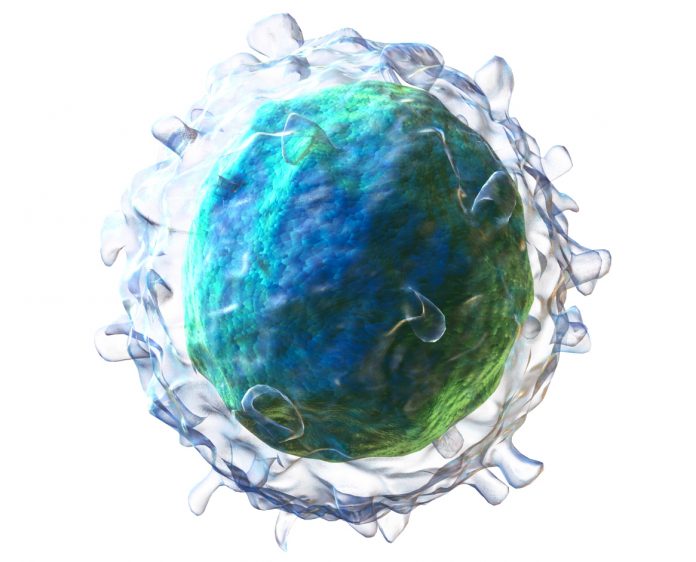
At least 23.5 million Americans are believed to have an autoimmune disease, a prevalence comparable with that of cancer or cardiovascular disease. This figure has rapidly increased over the past 30 years, now accounting for 5% to 10% of the global population, with more than 100 different autoimmune conditions now recognized by the American Autoimmune Related Disease Association.
Despite the large number of people affected by these chronic conditions, many remain undertreated and underdiagnosed. No cure for autoimmunity has been found, and the cause of many such diseases is still unknown.
The complexity and heterogeneity of many autoimmune diseases has previously made them hard to define and treat. However, the recent rapid rise of omics technologies has facilitated a new approach to the study of these conditions.
“The multi-omic approach has the potential to unveil novel aspects of disease pathology as well as identify multiple biomarkers, that then can be targeted for therapeutic intervention as well as monitoring responses to such interventions,” Fozia Mir, Ph.D., Tisch MS Research Center of New York, explained.
While scientists acknowledge that research into more effective treatments for autoimmune disease still lag fields such as cancer, progress toward better diagnosis, monitoring, and treatment is slowly being made. With the aid of new and rapidly advancing technology, there may yet be light on the horizon for the many thousands of patients with these chronic, often debilitating conditions.
Click here to access the rest of this article.













